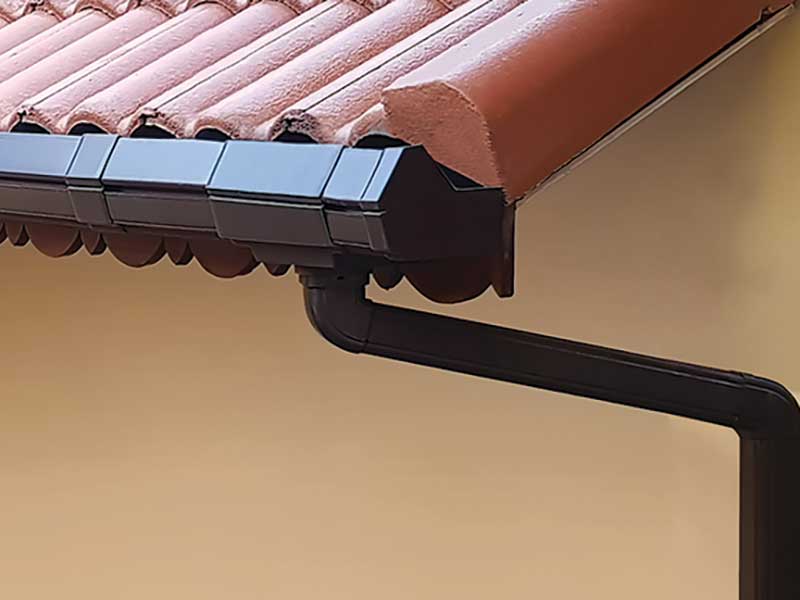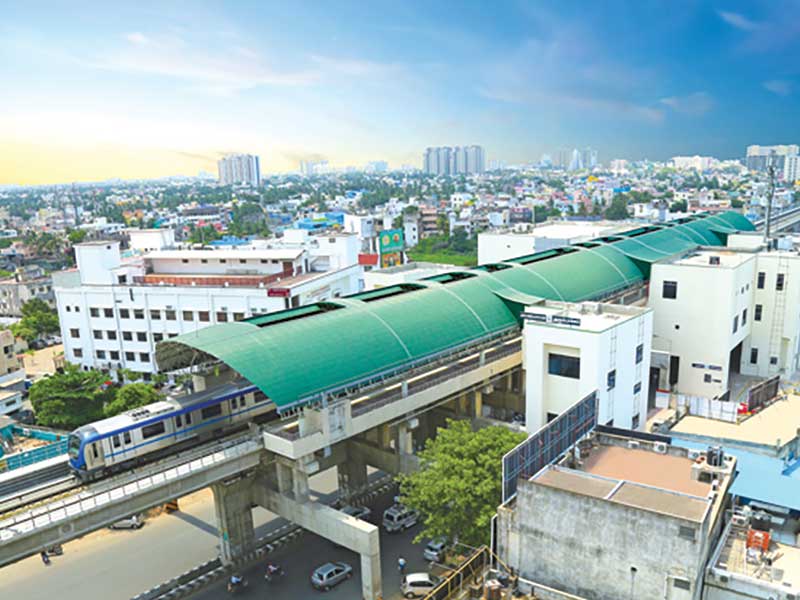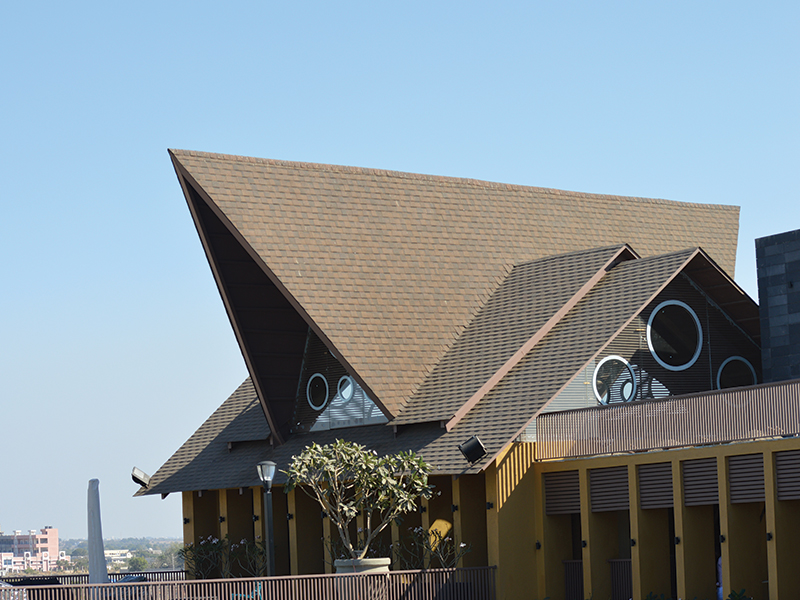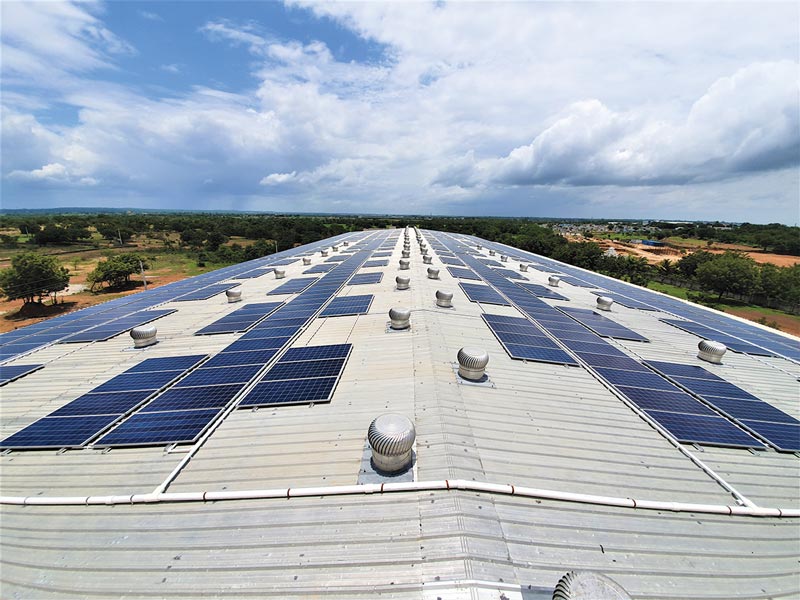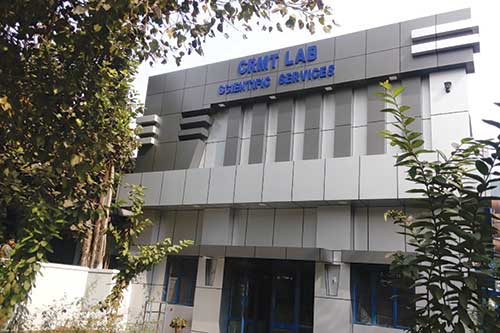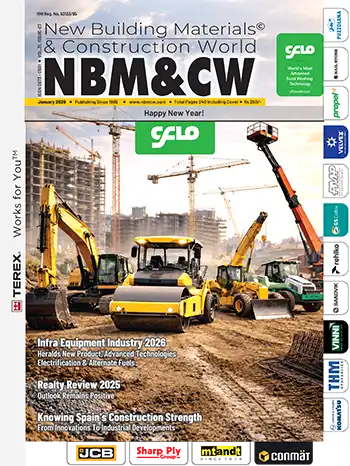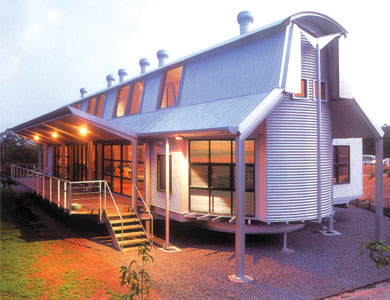
Metallic Coated Steel for Roof & Wall Cladding
Of the various applications of metallic coated steel, maximum usages is for roofing and wall cladding of buildings. For the high strength (minimum Yield Strength of 550 MPa), it is used in thinner sections and is much lighter than other construction materials therefore requires lighter structure. The high strength also helps in larger purlin spacing i.e. savings in material and installation costs. Metallic coated steel roofs are very tough and highly resistant to hail damages, much more than asbestos/fiberglass sheets. In fact, high strength coated steel roofing products have the highest impact resistance to hail. Similarly coated steel roofing products have been found to have high wind resistance and have been tested to withstand strong winds.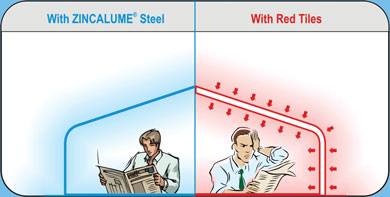
Metallic coated steel is also the most fire safe material. It is classified as a noncombustible material with a Class “A” rating - the highest given rating. In the event of lightning, coated steel roof will not catch fire and combust like wood. Instead, it will disperse the electrical charge over a larger surface area and reduce the impact.
55% Aluminium–Zinc alloy metallic coated steel
55% Aluminium-Zinc alloy (Zn-Al) metallic coating contains both Zinc and Aluminium. It provides both sacrificial and barrier protection to steel. Typical Zn-Al as per Australian Standard AS1397 has metallic coating AZ150, i.e. Aluminium (55%) – Zinc coating of minimum 150 grams per square meter (GSM) total of both surfaces. AZ150 corresponds to coating thickness equivalent to Zinc coating thickness with coating mass of 275 GSM. For same coating thickness, Zn-Al metallic coating provides upto four times longer life than that of typical zinc coating to steel in near neutral conditions, which is typical of most environments.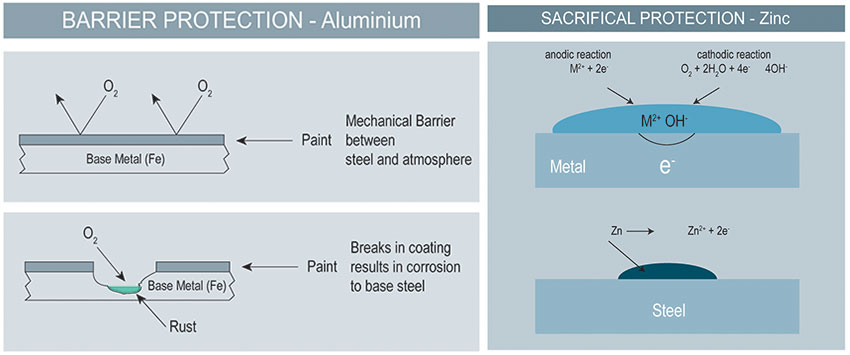
In the initial stages of exposure, the corrosion starts at the Zinc rich area. The corrosion product and Aluminium form an adherent protective layer at the Zinc rich areas, which tends to control the corrosion to a lower rate and is capable of providing sacrificial protection. After long exposure, when the Zinc rich areas have either been removed or shifted by corrosion product formation, the Aluminium-rich areas corrode, also at low rate and provide continued protection to the steel base for long. Also the coating is adherent and ductile enough to compliment flexibility of steel for various designing. Zn-Al coating has small, tight spangle (1 to 2 mm), spread evenly across the surface of the sheet. It has an aesthetically pleasing uniform finish. For these reasons, Zn-Al coated steel has now become more popular for building construction.
Conclusion
With metallic coating life of the steel increases. The increase in life depends on the coating type, coating thickness and the environment the coating is subjected to. Zn-Al metallic coating provides upto four times of life compared to typical zinc coating to steel in near neutral condition. The good thermal reflectivity of metallic coated sheets translates into energy savings. Although the initial cost of metallic coated steel systems may be a bit higher, operational costs are lower over the life of building. Coated steel in different profiles (including tile profiles-much lighter then clay tile option) are widely used almost universally to cover large buildings for their high strength to weight ratio, low cost, durability, attractiveness and environment friendliness. Incorporating this green building material into building makes even more sense when we take a long-term view of life cycle costs.
Rajesh Maheshwari, graduated in Metallurgy from University of Roorkee (Now IIT Roorkee) in 1984. Has worked in Tata Steel until 2005 in the area of Quality Assurance, Process Control & Product Application activities. Since 2006 working in Tata BlueScope Steel Limited as Head Technical Support (Coated Steel).






